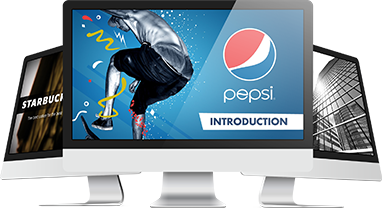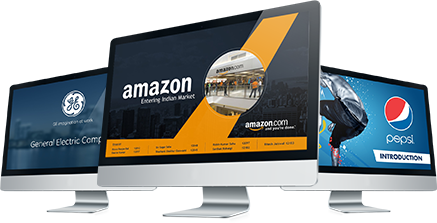Introductions are crucial parts of business pitches, capturing the crowd’s attention before the presenter proceeds to his main topic. Your introduction should fulfill two purposes: to win your audience’s attention and clarify your topic and purpose.

Favorable Attention Step
Communicologist Eugene White (1960) suggested the following tips on how to receive favorable attention:
- Point out your subject’s significance to raise the stakes and demonstrate how your topic affects important factors. Attaching a sense of urgency to your pitch, directly or indirectly, makes your audience listen intently.
- Use pleasantry, wit, and humor. This is a classic oratory flourish of master presenters who entertain while informing listeners.
- Make a stimulating statement, refer to a famous quotation, or ask a provocative question to stimulate thoughtfulness and curiosity.
- Mention common bonds with your listeners. People like speakers they can relate with. Bring out mutual traits, beliefs, life experiences, and goals to build the common ground between you and your listeners.
- Pay the crowd a sincere compliment. A happy crowd is a crowd that listens.
Using one or a combination of the previous methods can guarantee you total audience engagement.
Clarification Step
After you have their eyes and ears, connect your opener with what you actually need to say. Clarify and link your introduction to your main topic with the following tricks:
- State your speech’s point or purpose. Directly referring to your intentions immediately connects your introduction to your objectives and to your whole pitch.
- Explain how you plan to develop your topic to give your audience a clue on your pitch deck’s length. This prepares them to gauge the amount of time you’ll be taking.
- Provide necessary preliminary definitions and explanations especially if your topic requires a technical approach. When dealing with a lot of unavoidable jargon, get it out of the way before proceeding.
This phase acts as a transition that guides your listeners’ initial curiosity into rapt attention. You can’t simply jump from attention-grabbing straight into your pitch deck’s main body.
Tying Them Together
When used in conjunction, these two processes make for effective introductions that attract and engage while keeping in line with your message and purpose. They’re like a one-two punch combination, where you set up and measure the range before dealing the most significant blow.
Open your discussion with a favorable attention step that suits your audience, occasion, and topic. Afterwards, ease your listeners into the body of your speech by proceeding to the clarification step.
Conclusion
A well-designed deck and a well-planned pitch fall flat without an effective introduction for a lead-in.
Always begin by getting your audience’s attention. Raise the stakes, use humor, ask provocative questions, sympathize with your audience, or pander to them. Then, cap off the introductory stage by clarifying the connections between your main topic and your introduction. This way, you get an engaging and memorable opener that makes sure your listeners are all eyes and ears for you.
Practice crafting this part to hook your audience right from the beginning.
Need help refining your business pitch? Contact our pitch deck experts now and receive a free quote!

Download free pitch deck templates now.
Get professionally designed pitch deck slides weekly.
Sign Up NowReferences
“The Role of the Introduction.” Boundless. Accessed July 20, 2015.
White, Eugene. Practical Speech Fundamentals. New York: The McMillan Co, 1960.


